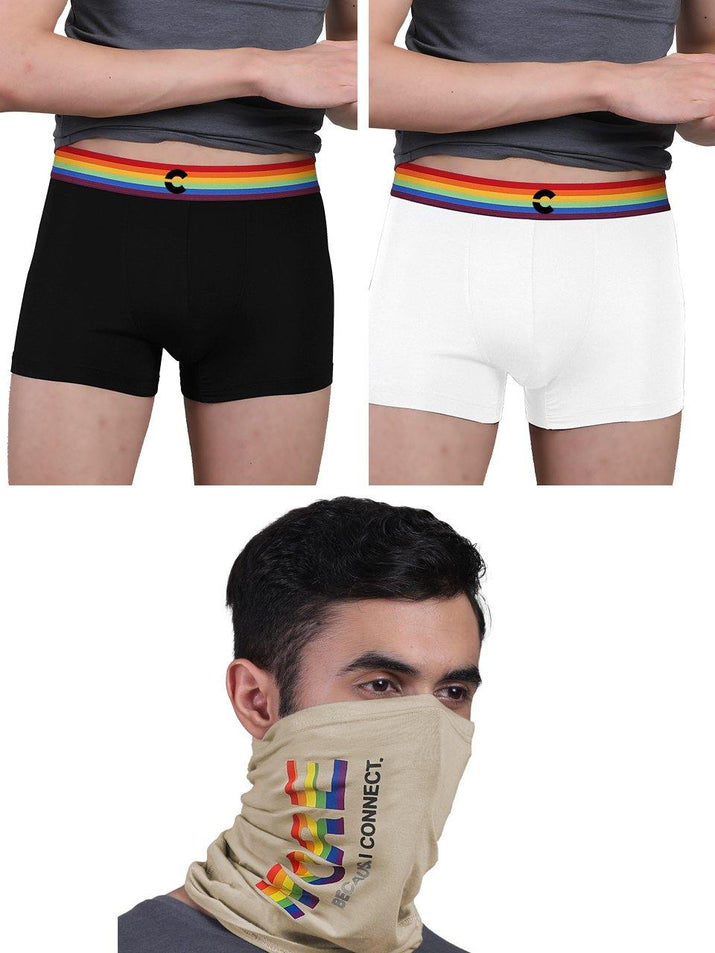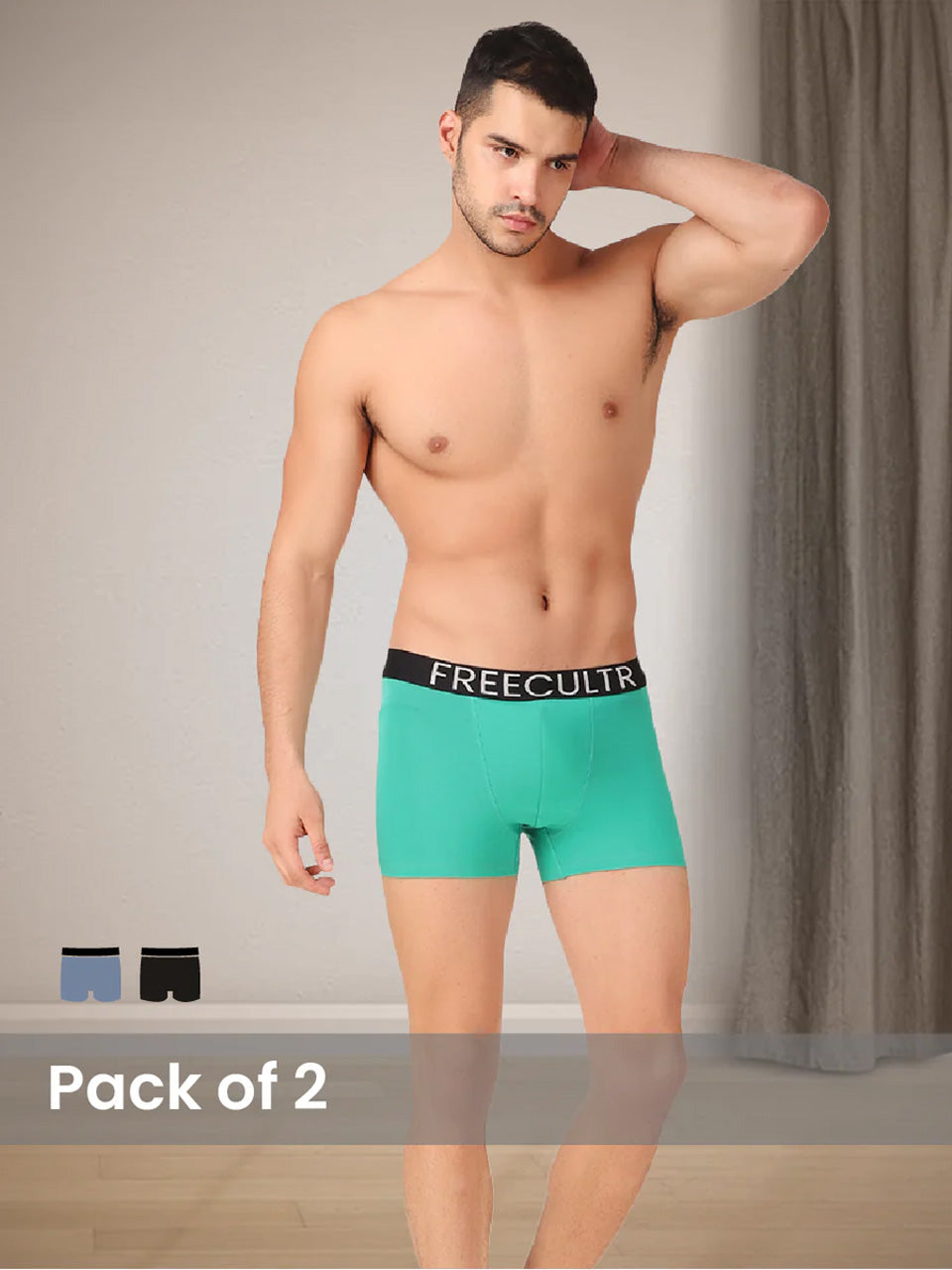Once a utilitarian staple for cowboys and laborers, the bandana for men has dramatically evolved into an essential accessory that fuses rugged style with critical functional protection. Modern iterations now integrate advanced fabric technologies, often featuring UPF 30+ ratings for superior sun protection, vital for outdoor enthusiasts navigating harsh UV environments during activities like hiking or motorcycling. Beyond traditional cotton, performance-oriented synthetic blends offer exceptional moisture-wicking properties, ensuring comfort during demanding physical exertion, a significant upgrade from its historical role merely as a dust barrier. This versatile piece, trending from the workwear revival to tactical gear aesthetics, adapts seamlessly to diverse needs, whether securing hair, providing thermal regulation, or serving as a practical emergency face covering, solidifying its status as an indispensable component of contemporary men's gear.

Understanding the Bandana: More Than Just a Fabric Square
A bandana, at its core, is a simple piece of square or triangular cloth, often patterned with paisleys or other classic designs. Its origins trace back centuries, with roots in diverse cultures where it served practical purposes ranging from head covering to dust protection. The term itself is believed to come from the Hindi word "bandhnu," referring to a tie-dyeing technique. What began as a utilitarian item for cowboys, farmers. Laborers to protect against dust, sun. Sweat, has evolved into a significant fashion accessory, particularly for men seeking to inject a dose of rugged individuality into their style. The versatility of a bandana lies in its simplicity; it can be folded, tied, or wrapped in countless ways, adapting to various needs and aesthetic preferences. For many, a bandana for men is not just an accessory but a symbol of freedom, adventure. A connection to a rich history of practical utility.The Rugged Style: Elevating Your Look with a Bandana
The bandana offers a unique opportunity to enhance a rugged aesthetic, adding character and a touch of rebellious charm to almost any outfit. Its inherent simplicity belies its power to transform a look, making it a staple for men who appreciate functional style.- Neck Scarf One of the most classic ways to wear a bandana for men is loosely tied around the neck. This offers a timeless, Western-inspired look that pairs exceptionally well with denim jackets, work shirts, or plain tees. It can be folded into a triangle and tied at the front, or rolled into a narrow band and tied at the back for a more streamlined appearance.
- Headband/Head Wrap For an active or casual look, tying a bandana around the forehead, either as a simple band or a full head wrap, provides a retro, rebellious vibe. This style is often seen on motorcyclists or outdoor enthusiasts, blending practicality with an undeniable cool factor.
- Wristband A simple yet effective way to incorporate a bandana is by tying it around the wrist. This adds a subtle pop of color or pattern and can serve as a quick sweatband during physical activity.
- Pocket Square/Accessory While less common for the "rugged" aesthetic, a bandana can also be folded as a casual pocket square or tied to a belt loop, adding a distinctive detail to your attire.
Beyond Style: The Practicality of Sun Protection
While its aesthetic appeal is undeniable, one of the most significant and often overlooked benefits of a bandana for men is its practical application for sun protection. Exposure to harmful ultraviolet (UV) radiation from the sun can lead to sunburn, premature skin aging. An increased risk of skin cancer. A bandana provides a simple, effective barrier against these risks, particularly for areas like the neck, face. Scalp. When worn as a head covering, a bandana can shield the scalp from direct sunlight, which is especially beneficial for men with thinning hair or shaved heads. Wrapped around the neck, it protects the sensitive skin in this area from intense UV rays, a common oversight in sun protection routines. In dusty or windy conditions, it can also be pulled up over the mouth and nose, offering protection from airborne particles while simultaneously guarding against sun exposure. While a bandana's UPF (Ultraviolet Protection Factor) rating may not be explicitly stated like specialized sun-protective clothing, a tightly woven cotton bandana still offers significant protection compared to exposed skin. For extended outdoor activities, consider bandanas made from synthetic blends designed with built-in UV protection, offering enhanced peace of mind. Real-world applications include hiking, fishing, motorcycling, gardening, or any prolonged outdoor work where direct sun exposure is a concern. Using a bandana for men in these scenarios is a simple, actionable step towards better skin health.Choosing the Right Bandana for Men: Factors to Consider
Selecting the ideal bandana for men involves more than just picking a cool pattern. Several factors contribute to its comfort, durability. Suitability for various uses.- Material
- Cotton The most common choice, offering breathability, softness. Absorbency. Ideal for everyday wear and general sun protection. It's durable and becomes softer with each wash.
- Polyester/Synthetic Blends Often used for performance bandanas, these materials can wick moisture away from the skin, dry quickly. Sometimes come with inherent UV protection. They are excellent for active use like hiking or running.
- Silk Less common for rugged use. Offers a luxurious feel and can be surprisingly breathable. More about style than heavy-duty protection.
- Size Most traditional bandanas are 22x22 inches (approximately 55x55 cm). This size offers maximum versatility for various tying methods, from head wraps to neck scarves. Smaller sizes might be suitable for wristbands or pocket squares. Limit versatility for head and neck coverage.
- Pattern and Color While subjective, certain patterns and colors lend themselves better to the rugged aesthetic. Classic paisley, solid earth tones (khaki, olive, brown), deep blues. Reds are timeless choices. Consider how the color will interact with sunlight; darker colors absorb more heat but might offer slightly better UV protection.
- Quality of Stitching A well-made bandana will have reinforced edges to prevent fraying, ensuring longevity even with frequent washing and use.
Versatile Applications: Where a Bandana Shines
The utility of a bandana for men extends far beyond mere fashion and basic sun protection. Its simple design makes it an incredibly adaptable tool in a multitude of real-world scenarios.- Outdoor Adventures For hikers, campers. Backpackers, a bandana is a lightweight, multi-functional item. It can serve as a makeshift towel, a pre-filter for water (when used with a proper filtration system, not as a standalone purifier), a dust mask on dusty trails, or a signaling flag in emergencies.
- Motorcycling and Cycling Motorcyclists frequently use a bandana under their helmet to absorb sweat, prevent helmet hair. Add a layer of comfort. Cyclists can use it to keep sweat out of their eyes and protect their neck from the sun.
- Work Environments From construction sites to workshops, a bandana can keep hair out of the eyes, absorb sweat. Provide basic protection against dust and debris. It's a common sight among tradesmen who value practical, no-nonsense gear.
- Emergency Preparedness In a survival situation, a bandana can be used as a bandage, a tourniquet (with proper training), a sling, a pot holder, or even kindling if dry. Its compact size makes it an essential addition to any emergency kit.
- Everyday Utility Beyond specialized uses, a bandana can simply be a handy item to have on hand. Need to wipe down a surface, clean glasses, or tie back a loose item? A bandana for men is often the solution.
Caring for Your Bandana: Longevity and Hygiene
To ensure your bandana for men remains a reliable and stylish accessory, proper care is essential. Given its frequent contact with skin, sweat. Environmental elements, regular cleaning is crucial for hygiene and to maintain its fabric integrity.- Washing Most cotton bandanas can be machine washed with similar colors in cold water. Using a mild detergent will help preserve the fabric and color. For performance-oriented synthetic bandanas, follow the manufacturer's specific instructions, often recommending cold water and air drying to maintain their technical properties.
- Drying Air drying is generally recommended for bandanas to prevent shrinkage and preserve the fabric's quality, especially for cotton. If using a dryer, opt for a low heat setting.
- Ironing If you prefer a crisp, wrinkle-free look, cotton bandanas can be ironed on a medium-to-high setting. Avoid ironing synthetic materials unless specifically instructed, as high heat can damage them.
- Storage Store your bandanas flat or neatly folded to prevent unnecessary creases. Keeping them in a clean, dry place will prevent mildew and maintain freshness.
Conclusion
The bandana for men transcends a simple accessory; it’s a versatile statement of rugged style and practical sun protection, merging form with function seamlessly. Far from being just a utilitarian piece, it has re-emerged as a key player in current trends, from the modern workwear revival to outdoor adventure aesthetics. I've personally found a simple cotton paisley bandana invaluable, not just for shielding my neck during a sunny hike but also for instantly adding a dash of confident, understated cool to a plain tee. Embracing the bandana means recognizing its power to transform an outfit while offering tangible benefits. Consider experimenting with different folds – a classic neckerchief for a subtle touch, or a headwrap for maximum sun defense and a bolder statement, especially when paired with a classic men's T-shirt. Don't just pick one up for sun protection; choose one that resonates with your personal style. It's an accessible way to inject character and practicality into your everyday wear, proving that true style is both distinctive and functional.More Articles
Men's T-shirt – Everyday Comfort & Perfect FitMen's T-shirt – Versatile Layering & Modern Style
Men's T-shirt – Classic Style & Soft Feel
Men's T-shirt – Casual Comfort & Timeless Appeal
FAQs
Why should a guy consider wearing a bandana?
Bandanas are incredibly versatile! They instantly add a cool, rugged edge to your style, whether you're going for a casual, outdoor, or even a more edgy look. Beyond style, they offer practical benefits like sun protection, sweat absorption. Keeping hair out of your eyes.
How can I rock a bandana without looking like a pirate?
There are tons of ways! Try folding it into a headband to keep your hair back, tying it around your neck as a stylish neckerchief, knotting it on your wrist for a subtle accent, or even attaching it to a belt loop or backpack for a touch of personal flair. Experiment to find what fits your vibe!
Does a bandana really protect against the sun?
Absolutely! When worn correctly, like covering your scalp, neck, or ears, a bandana provides a physical barrier that helps block harmful UV rays. It's a simple and effective way to protect sensitive areas from sun exposure, especially during outdoor activities.
What are these bandanas made of? Are they comfortable for all-day wear?
Our bandanas are typically crafted from soft, breathable cotton, making them super comfortable for extended wear. They're designed to be lightweight and allow for good airflow, so you stay cool and comfortable even on warmer days.
How do I care for my bandana to keep it looking its best?
Caring for your bandana is easy! We recommend machine washing with similar colors on a gentle cycle. Tumble dry on low or, even better, air dry to help maintain its shape and vibrant color over time. Avoid using harsh bleaches.
Are bandanas only for outdoor adventures, or can I wear them casually?
While they're fantastic for hiking, motorcycling, or other outdoor pursuits, bandanas are also perfect for everyday casual wear. They can effortlessly elevate a simple t-shirt and jeans combo or add a distinctive touch to your weekend outfits. Don't limit their use!
Do these bandanas come in different sizes, or are they one-size-fits-all?
Most bandanas are designed as a standard one-size-fits-all square, typically around 22x22 inches. This classic size offers plenty of material for various folding and tying styles, making them versatile enough to suit different head sizes and styling preferences.






